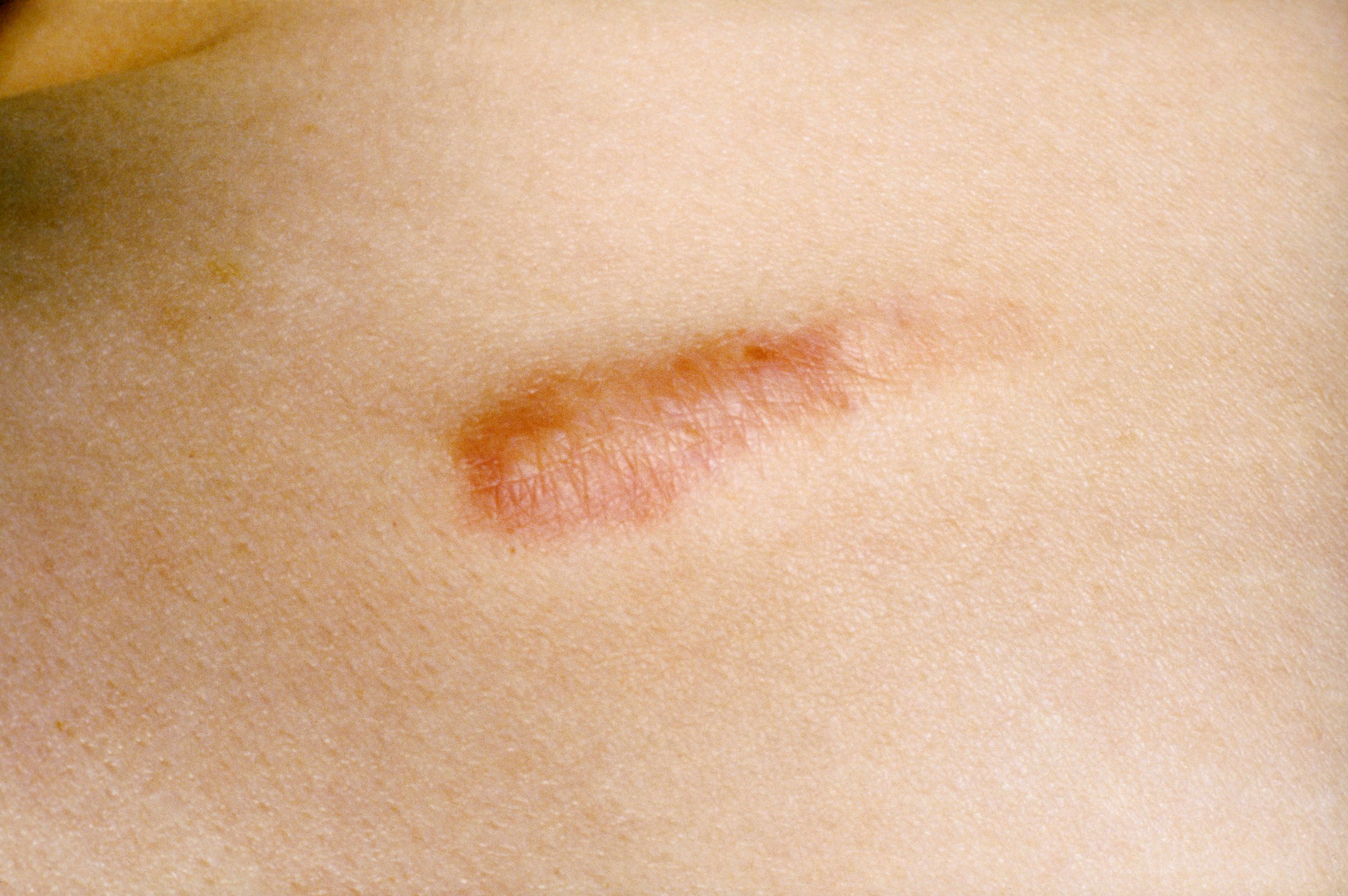
We all have them — scars that won’t let us forget the spill we took off a bike, the burn we got from a hot stove, or even the legacy of radiation therapy. Scarring is a good thing in some ways — it’s the body’s quick response to a deep injury, its way of protecting and sealing up the wound to keep infections and other noxious agents away.
Now scientists led by Dr. Michael Longaker, co-director of the Institute for Stem Cell Biology and Regenerative Medicine at Stanford University, report in the journal Science that they have teased apart the molecular steps behind scarring, and also discovered a way to inhibit them from forming.
While training to become a plastic surgeon, Longaker operated on fetuses still in the womb and became intrigued by the fact that they did not scar; any incisions surgeons made disappeared practically without a trace. Why, if babies did not change their genes from the womb to the time they are born, do infants form scars?
Working with mice, the team focused on two kinds of fibroblasts, which are cells responsible for maintaining the structural integrity of organs, tissues and more. One is primarily responsible for wound healing, and the formation of tumors like melanoma. “This type of fibroblast starts out as less than 1% of the developing skin, but by the time an animal is a month old, it’s 80% of the fibroblasts in skin on the back of the animals,” he says.
When he treated the cells with diphtheria toxin, which destroys the fibroblasts, the animals scarred less. It turns out that these fibroblasts carry a marker on their surface that helps scientists to pick them out. And even more fortuitous, there is a drug approved for treating type 2 diabetes that inhibits the work of this marker.
In the mice, the drug reduced scarring but did not compromise the integrity of the wounded skin at all, making it a promising potential treatment for scar in people. Each year in the US people get 80 million operations, the bulk of which require incisions that leave a mark, not to mention the millions more who get cuts or scrapes during accidents or who develop fibrous tissue after radiation to treat cancer. If the scar-inhibiting drug is used on those wounds before they begin to heal, says Longaker, it’s possible they won’t leave a scar.
Whether the same could be true of existing scars isn’t clear yet. But he says that doctors may be more eager to do revision surgery to minimize scars if such a compound exists. And, if the results are repeated and confirmed, doctors may be able to reduce scars not just for cosmetic purposes but for medical ones as well, such as in the heart after a heart attack, following spinal cord injury and in deep tissues treated with cancer-fighting radiation.
More Must-Reads from TIME
- Inside Elon Musk’s War on Washington Meet the 2025 Women of the Year Why Do More Young Adults Have Cancer? Colman Domingo Leads With Radical Love 11 New Books to Read in February How to Get Better at Doing Things Alone Cecily Strong on Goober the Clown Column: The Rise of America’s Broligarchy
- Inside Elon Musk’s War on Washington
- Meet the 2025 Women of the Year
- Why Do More Young Adults Have Cancer?
- Colman Domingo Leads With Radical Love
- 11 New Books to Read in February
- How to Get Better at Doing Things Alone
- Cecily Strong on Goober the Clown
- Column: The Rise of America’s Broligarchy
Contact us at letters@time.com